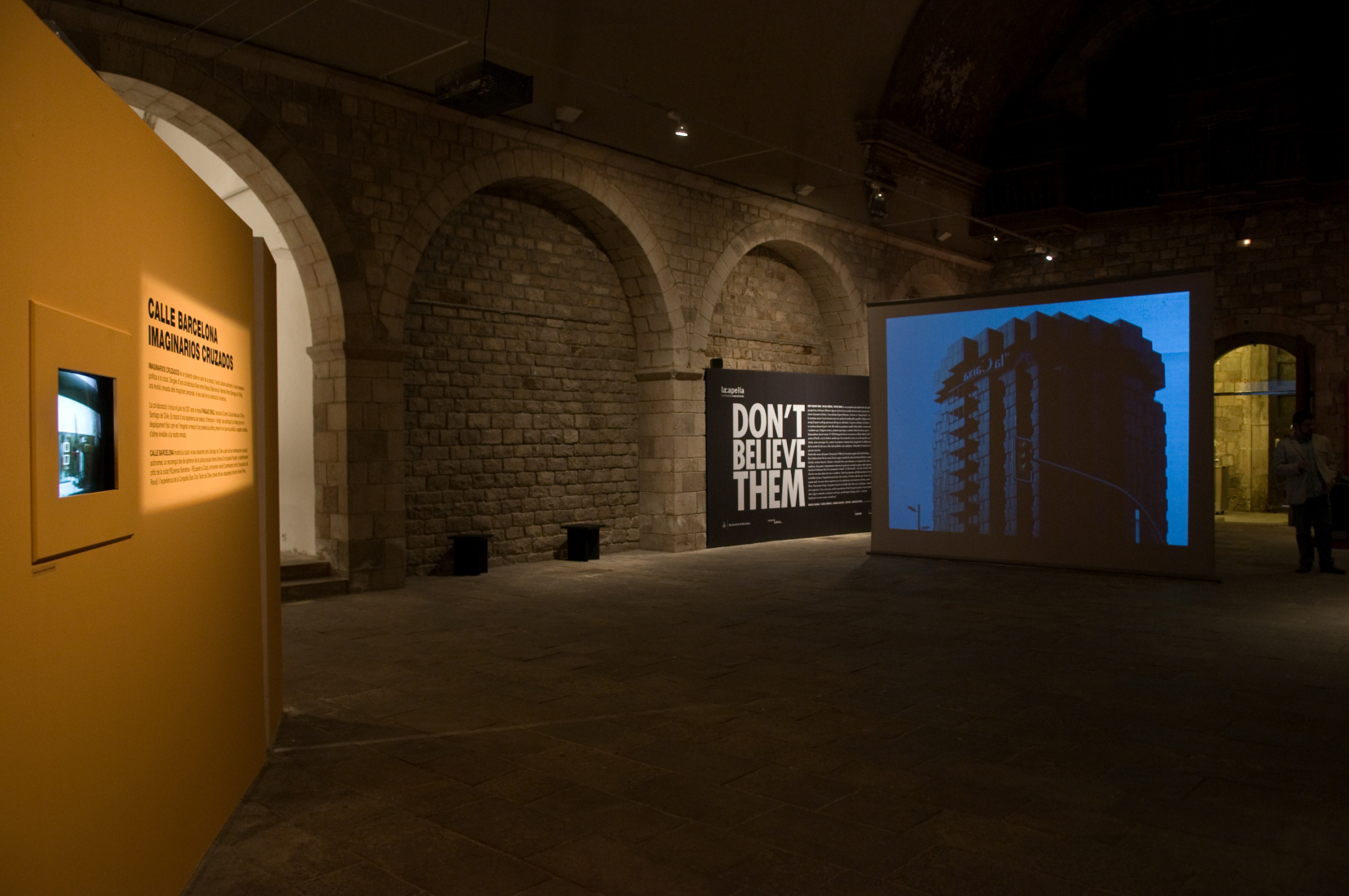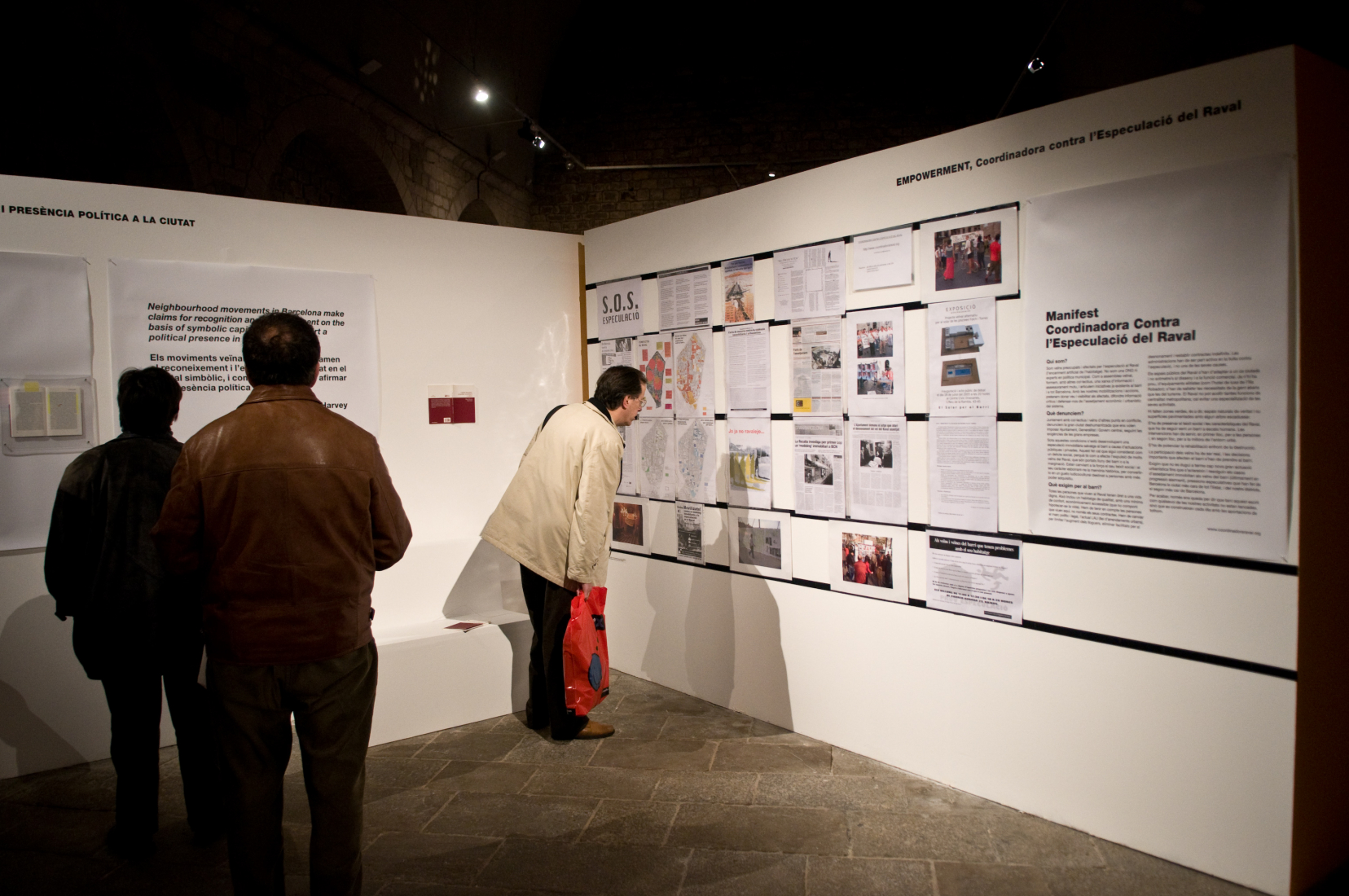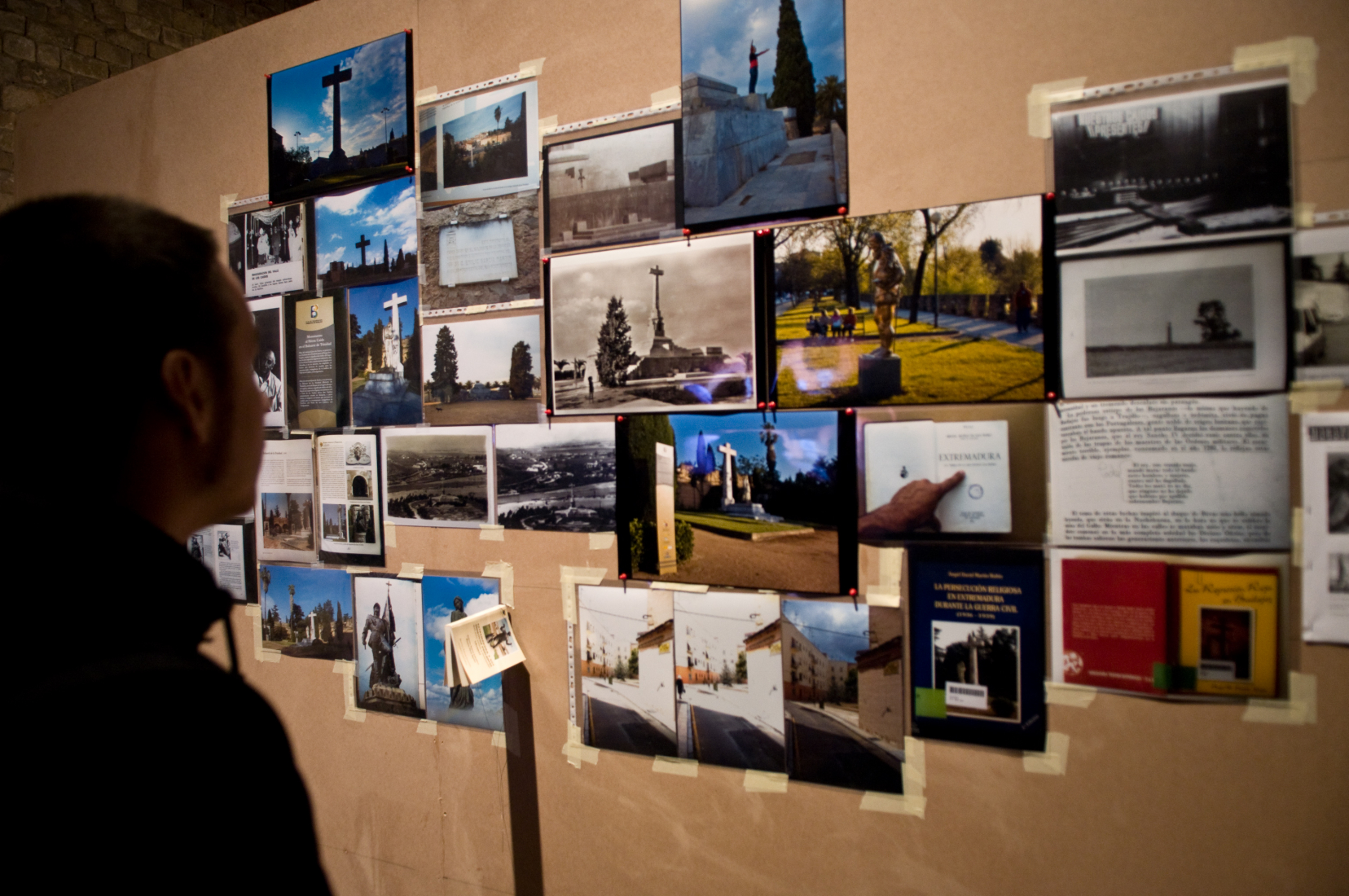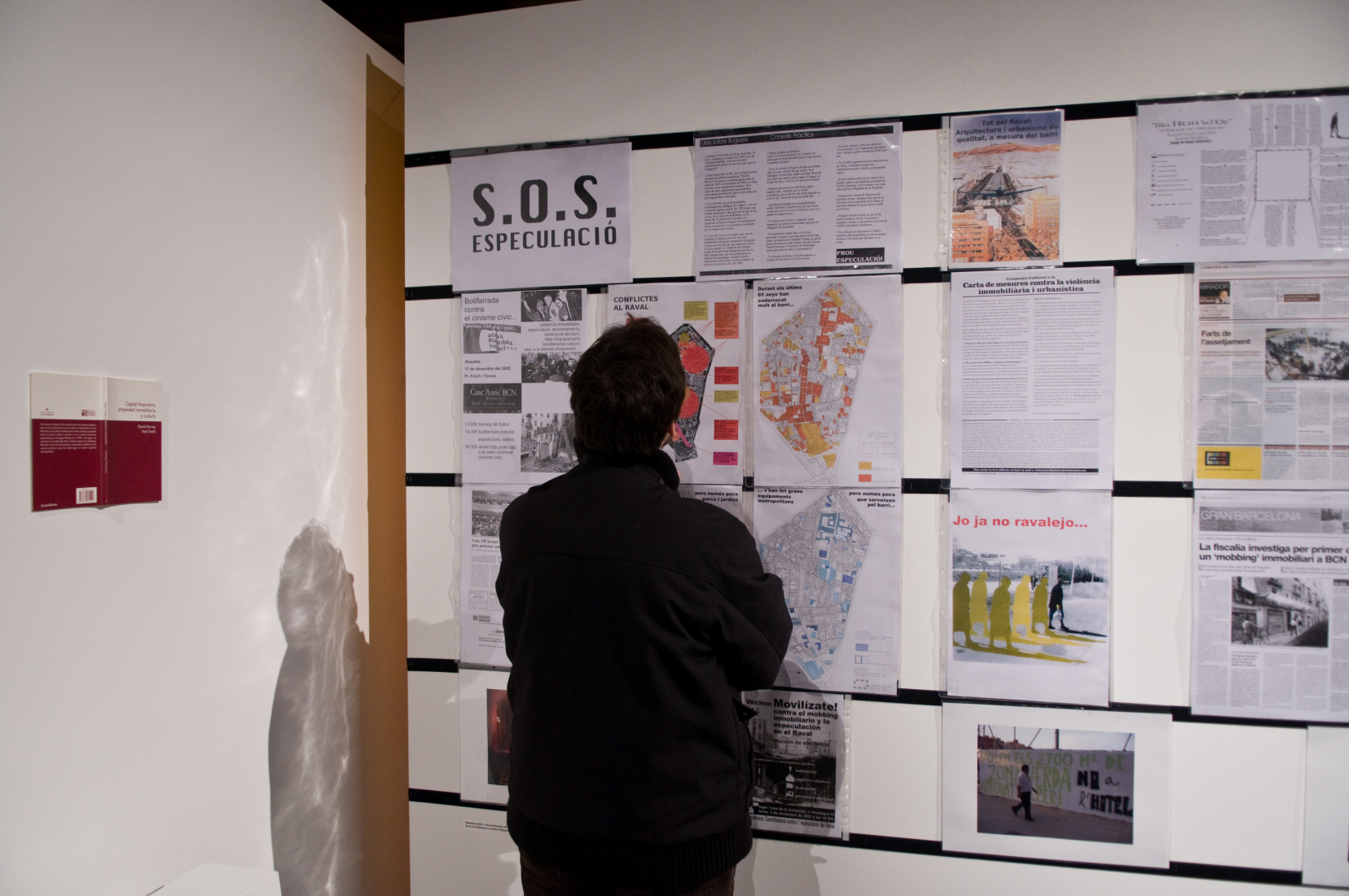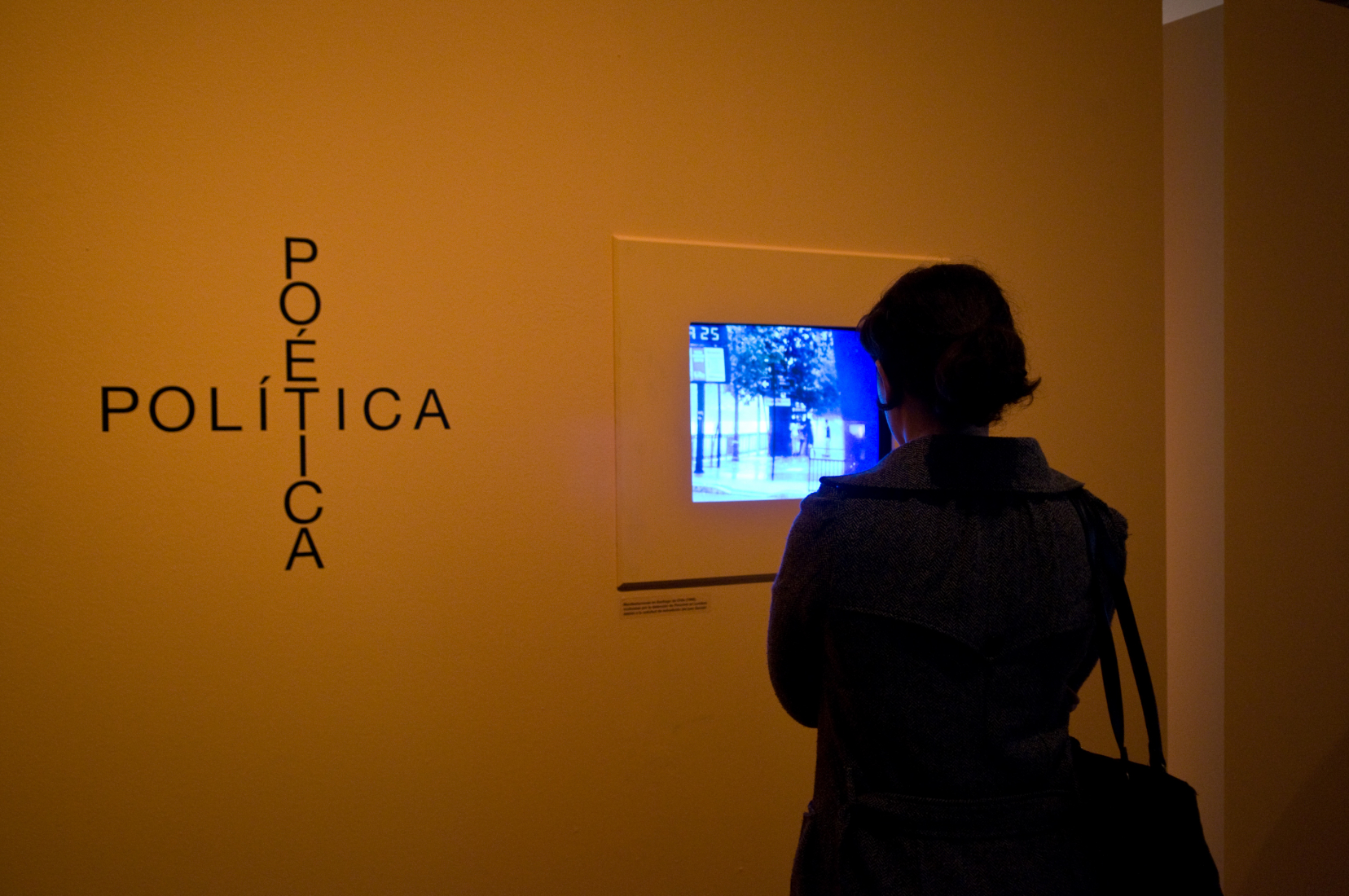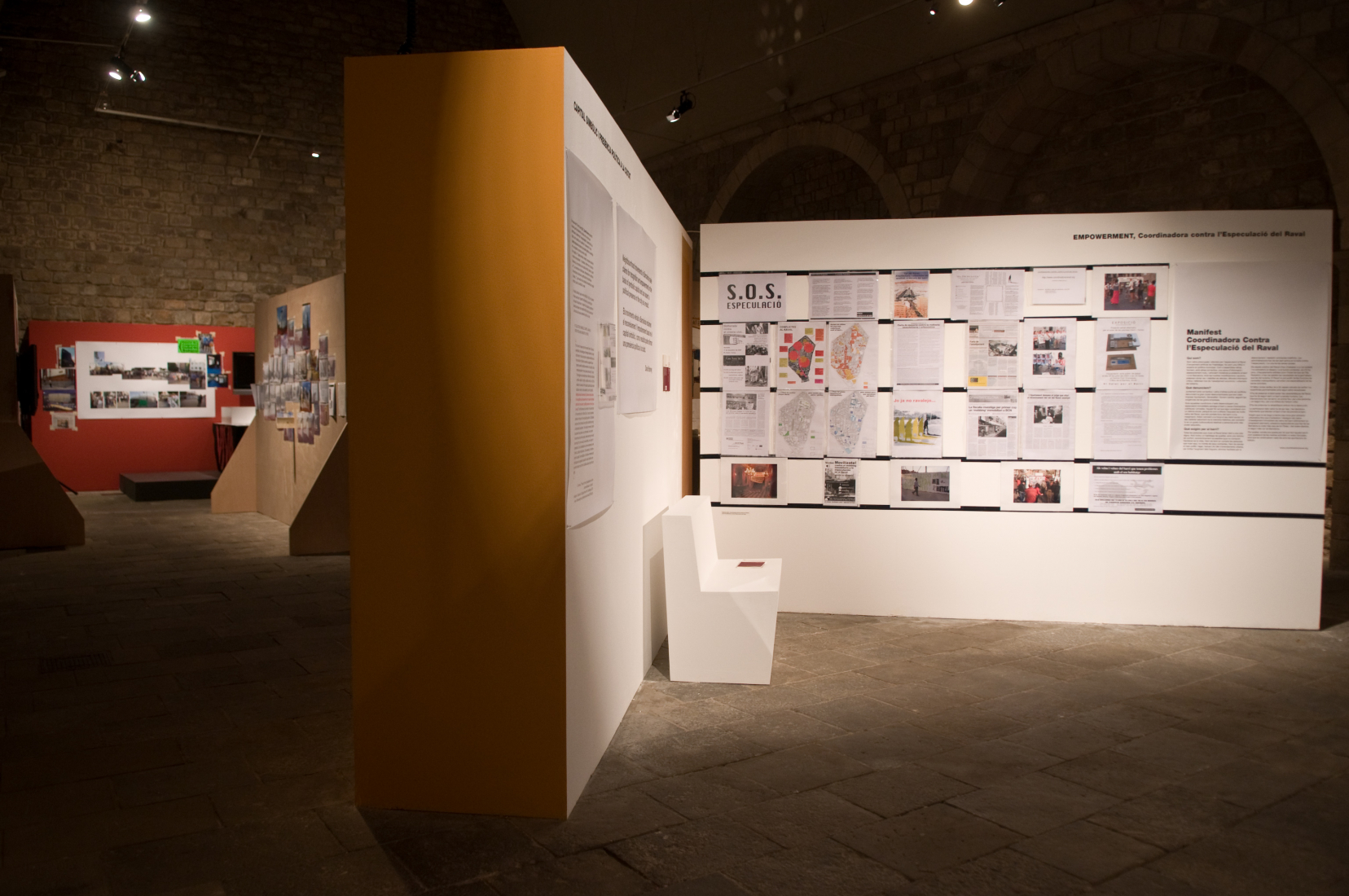Don't believe them
Curator : Valentín Roma
DON’T BELIEVE THEM/NO LES CREAS/NO ELS CREGUIS is a work that explores four distinct artistic perspectives on the hidden fissures behind certain ways of narrating the collective consciousness. As Zigmunt Bauman stated, we live in “liquid time”, where uncertainty pervades all human action and every possible political model. However, in between these individual and collective accidents, history continues to unfold and at the same time perpetuates those static, consensual and exclusive tales, that, in some way, attempt to appease or contain all the knots that untie themselves before our eyes. In 1950 Marguerite Duras wrote a book entitled The Sea Wall, and today History seems to have turned into this: a ridiculous wall that unsuccessfully tries to hold up the virulent presence of the unique and the different, the variety of beliefs, the stories that tell and interpret the memory we create for ourselves.
Taking some verses from the poem Testamento (1986) by the Argentine-Chilean writer Ariel Dorfman as its point of departure, DON’T BELIEVE THEM/NO LES CREAS/NO ELS CREGUIS reviews the work of Marcel Dalmau, Isaías Griñolo, Andrea Nacach and Sitesize + Marcelo Porta, who offer us a compendium of motives, metaphors, documents and interpretations through which they invite us to contemplate some historic events from a “across the river” perspective — the opposite bank from which we were originally watching as an audience. All the works share a common central focus: the personal experience of the artists in the midst of the events they recount. In this way, their proposals are not interventions but direct and unfiltered testimonies. It is precisely from their position in the very depths of the story that the imperative and, up to a point, hard tone hinted at in the title comes to the surface. This is a project which tries to offer some material and testimonies that, paraphrasing György Lukács, “walk between moving sands”.
MARCEL DALMAU / '92
Between 29th June and 9th December 1992, with the backdrop of Barcelona’s Olympic Games, over forty persons —most of whom were linked to separatist organisations— were arrested in different parts of Catalonia and charged with violating anti-terrorism laws. A few days after the arrests, a large number of testimonies denouncing police officers for having used torture to obtain guilty pleas and accusations against other separatists became public.
The same methods were used in almost all of the cases: the detainees’ heads were covered with plastic bags to cause asphyxiation, they were waterboarded in bathtubs, beaten with telephone books and iron bars, electrocuted in different parts of the body and threatened at gunpoint with death or the rape of a family member.
All the detainees pressed charges through their respective lawyers, and although physical evidence of mistreatment or torture was noted, this information was systematically archived by all the Spanish courts.
In 1993, a portfolio was created on the tortures carried out by the police force on Catalan Separatist detainees. This portfolio was given to Amnesty International in London, the president of Catalonia’s Government, Jordi Pujol, the Justice Councillor Joan Rigol and the Undersecretary of the Ministry of Justice, María Teresa Fernández de la Vega, yet these actions did nothing to reopen the cases.
Finally, after a very long period of 12 years, on 2nd November 2004 at a meeting in Strasbourg, the European Court of Human Rights passed judgment incriminating the Spanish Government and accusing it of prevarication for not having investigated multiple reports of torture presented by the various Catalan political prisoners.
‘92 is a project by Marcel Dalmau in which he analyses his traumatic experience as part of that police operation from a first-person perspective. Done by the artist himself, the narration of the events is a testimony to the other side of the urban and economic transformations which took place during the Olympic Games in Barcelona.
ISAIAS GRIÑOLO / DESMEMORIA 2007
This is a work with a two-fold aim. The first aim poses a critical yet generic reflection on the paradoxes in which our historical memory is expressed, on its forms of recovery and its procedures of exclusion regarding intentional supplements that modify memory as well as approaches which question these rigid frameworks. More specifically, the second aim tries to convert itself into a documentary report, a mnemonic analysis that modifies, interferes, or, at the very least, invites reconsideration of the use of a site in a specific place, in this case the former Plaza de Toros (Bullring) in Badajoz (province of Extremadura), which was recently turned into the new Palacio de Congresos.
Badajoz was witness to the sad events of 14th August 1936, a few weeks after the military coup by General Franco and the start of the Spanish Civil War. On that day, in the same Plaza de Toros, the city (pop. 40,000) experienced the shooting of 4,000 people in what from that day on was known as the “Badajoz massacre”. In contrast to this tragic occurrence and perhaps as an incomprehensible form of ‘historical facelifting’, on 27th April 2006, in the same site as the former Plaza de Toros, the new building for the Palacio de Congresos was inaugurated. This was a project of the architects José Selgas and Lucía Cano Laso, who were selected for the exhibition On Site: New Architecture in Spain, held at the MoMA in New York, as an example of emerging modern Spanish architecture. The aim of this building is to be a new symbol of the modernisation process in the independent community of Extremadura. Within the Spanish context, this region is especially known for episodes as distinct as those shown in the film by Luis Buñuel, Las Hurdes (1932), which shows the desperate state of the rural region of Extremadura and the savageness of its inhabitants; the media coverage of events in Puerto Hurraco, where a vicious killer carried out multiple murders; and the introduction of the free computer system Linux as the official program for the administration of the Junta de Extremadura (local government), making this community an example of economic efficiency and social distribution of digital technology.
Desmemoria is a work that is therefore situated in the middle of all these contradictions, and against the additional backdrop of the controversial Law of Historical Remembrance, a legislative project pushed by the PSOE political party to reopen the debate on how to interpret the Spanish Civil War, its consequences and the following forgetfulness that occurred during the period of democratic transition. The expository side of this proposal is articulated in the form of 14 documents of eyewitness accounts of what took place that day in the Plaza de Toros. However, the true aim of this project goes beyond the strict muesographic framework, past the artistic context: it is an exhaustive report on this “place of memory”, which will be given to Junta de Extremadura so that they may consider the possibility of creating a space within the new building dedicated to the study and documentation of the “Badajoz massacre”. In some way, as stated by the artist himself, “Desmemoria is my own way of participating in this recovery of memory that has become our obligation. Precisely for this reason, all that has been lost or hidden is material for this work, whose ultimate aim is to lay the base for some of the reasons that make it possible to search for new places where memories can reside”.
ANDREA NACACH / BEHAVIOUR 2007
Composed of a video-graphic installation with five distinct projections, the exhibition Behaviour is a type of anthology of metaphoric tales that overlap and mix between themselves, a chaotic and musical fable in which each episode has different animals as its symbolic central characters: a pair of elephants, a lion, two birds, a dog and a rat. The scenes seem to unfold with no guiding script and are presented as fortuitous fragments, visual leftovers imprisoned in a repeating loop, which appear to have been picked out by a wandering eye which unpredictably focuses on some apparently unimportant phenomena. Specifically, this insistent and, up to some point, frozen observation of the anecdotal acts as an unmasking, highlighting the unseen elements which progressively go from being secondary to principal as the action unfolds.
The title of the project, Behaviour, offers some vital clues to the fair interpretation of the work, which allow for the outlining of some parallel psychological, social, political and anthropological aspects related to certain archetypes of human behaviour. However, this ambiguity is not immediately noticeable, but becomes apparent with more attentive observation after we have familiarised ourselves with the characters, their attitudes and reactions. With this awareness a more disturbing and ironic interpretation is possible, which extracts each one of the scenes from a simply naturalist (in the zoological meaning of the word) contemplation, transforming them into images of voyeurism, which upon our intent to codify them brings up inexplicable feelings of comprehension, guilt, hilarity, sadness or asphyxiation.
SITESIZE + MARCELO PORTA / CALLE BARCELONA 2007
Barcelona Street is the widened continuation of an earlier project entitled Chile Passage, which looked at the process of recuperating urban social memory and its affect on cultural scenes, taking the Matucana 100 Cultural Centre in Santiago de Chile and the premises of the Can Ricart building in Barcelona as case studies.
This new project, which also takes the form of a dialogue between Sitesize and Marcelo Porta, is organised by different episodes that analyse the autonomy of cultural management and its value in building urban environments.
The proposal starts with a series of images showing different streets in Santiago de Chile that are linked by that fact that they are all named Barcelona Street. The second episode gathers film clips on the different ways that political presence is manifested in the Raval neighbourhood in the city of Barcelona. This ensemble of collective and individual actions, of gestures and signs, of presences and absences, has its counterpoint in the subsequent section which shows a symbolic performance in two barber shops in Santiago de Chile and the Raval neighbourhood. Next, images are shown from the popular demonstrations in Santiago in 1998, which celebrated the arrest of General Pinochet in London by Judge Baltasar Garzón, together with the poem El hombre imaginario recited by the famous Chilean poet Nicanor Parra.
The inside of the exhibition space, entitled Symbolic capital and political presence in the city, takes the text of David Harvey’s The art of rent as an subject of analysis. This text, which critically analyses the mechanisms of economic promotion in Barcelona, was translated and edited by the MACBA and the UAB, and yet a key sentence representing the position of the author was paradoxically erased: “Neighbourhood movements in Barcelona make claims for recognition and empowerment on basis of symbolic capital and can assert a political presence in the city as a result”. The significance of this sentence is illustrated by three autonomous experiences of cultural action in Barcelona:
Recognition – Ateneu Enciclopèdic Popular is a key institution for understanding Barcelona’s labour culture between 1902 and 1939. After suffered violent repression from Franco’s dictatorship, it is still fighting to receive recognition of its work and restore the heritage which was taken away from it and which would allow it to continue on.
Political Presence in the City - REpensar Barcelona – Recuperar la Ciutat is an initiative that aims to generate critical practices and reasoning by which the people of Barcelona can reflect on the city’s particular problematic issues in order to learn and reposition it together.
Empowerment – Coordinadora contra la Especulació del Raval is a neighbourhood group that denounces the consequences of speculation in this urban zone and promotes actions of defence and critical information against urban real estate harassment.
Finally, and located in one of the adjacent chapels, there appears a video with documentary images of the theatrical activities of the dramaturg Andrés Pérez’s theatre company in the Matucana 100 building, along with sequences from the controversy that came about due to the inclusion of these activities in the show Barcelona Toolbar, which took place in the same building in July 2007. Along the walls of the building are press cut-outs and other archive material that illustrate the conflict between Andrés Pérez and the government of Ricardo Lagos, and which also serve to exemplify the permanent debate between autonomous and institutionalised culture.
Collaborate: Cafè Schilling
Sponsor: El Periódico



